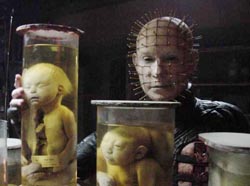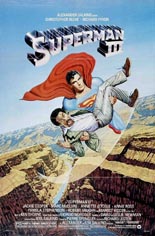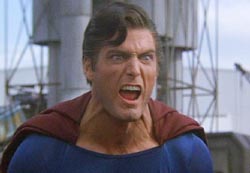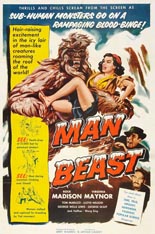
 As vast and desolate as the Himalayas it depicts is Man Beast, an abominable turd. In her film debut, Asa Maynor (Conquest of the Planet of the Apes) plays Connie Hayward, a young woman who hires Steve Cameron (Tom Maruzzi, in his one and only acting credit) to lead her high up into the mountains to find her brother before it’s too late.
As vast and desolate as the Himalayas it depicts is Man Beast, an abominable turd. In her film debut, Asa Maynor (Conquest of the Planet of the Apes) plays Connie Hayward, a young woman who hires Steve Cameron (Tom Maruzzi, in his one and only acting credit) to lead her high up into the mountains to find her brother before it’s too late.
Like a few other “distinguished scientists,” Connie’s sib has gone in search of the yeti — “a kind of people covered with hair,” we’re told — and yet not a single member of those expeditions ever was heard from again. For quite a while, viewers of this freshman directorial outing by Jerry Warren (The Wild Woman of Batwoman) may wonder if the missing men committed suicide simply to have something to do.
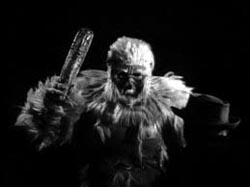 Only two things happen in Man Beast: climbing and boring, in roughly equal measure. Although the movie is a mere 62 minutes, it seems to take hours to reach the bargain-basement creature of the title, who sits in the snow and carries a big stick that resembles a salami hanging in a deli. Upon first glance, it looks like a cosplay version of Bert Lahr’s Cowardly Lion; as Warren allows his monster to stumble toward the forefront, rejected Chewbacca sketches come to mind.
Only two things happen in Man Beast: climbing and boring, in roughly equal measure. Although the movie is a mere 62 minutes, it seems to take hours to reach the bargain-basement creature of the title, who sits in the snow and carries a big stick that resembles a salami hanging in a deli. Upon first glance, it looks like a cosplay version of Bert Lahr’s Cowardly Lion; as Warren allows his monster to stumble toward the forefront, rejected Chewbacca sketches come to mind.
The whooshing of the wind bears more personality than the yeti or any of the human cast, making Man Beast a steaming pile of cryptozoological crap. When Connie cries the flick’s last line, “Take me away from here, Steve! Take me away!,” you will share the sentiment. —Rod Lott


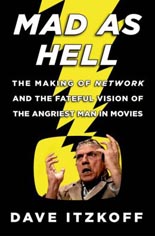
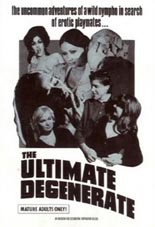
 Having completed his
Having completed his 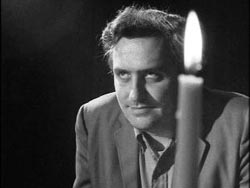
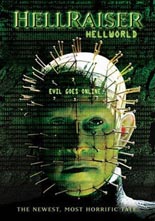
 Half a dozen friends are so obsessed with an online game that one of them, not being of sound mind and body, is driven to suicide. (Note: This film predates Farmville.) Two years later, all but the headstrong Chelsea (
Half a dozen friends are so obsessed with an online game that one of them, not being of sound mind and body, is driven to suicide. (Note: This film predates Farmville.) Two years later, all but the headstrong Chelsea (